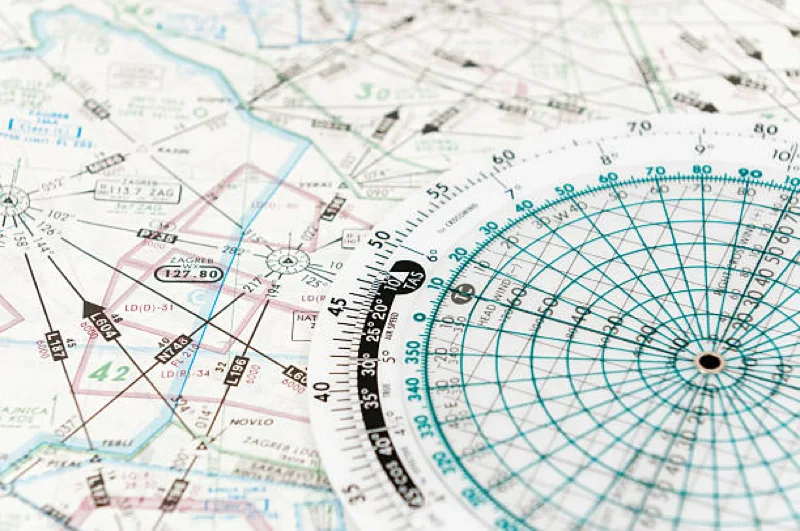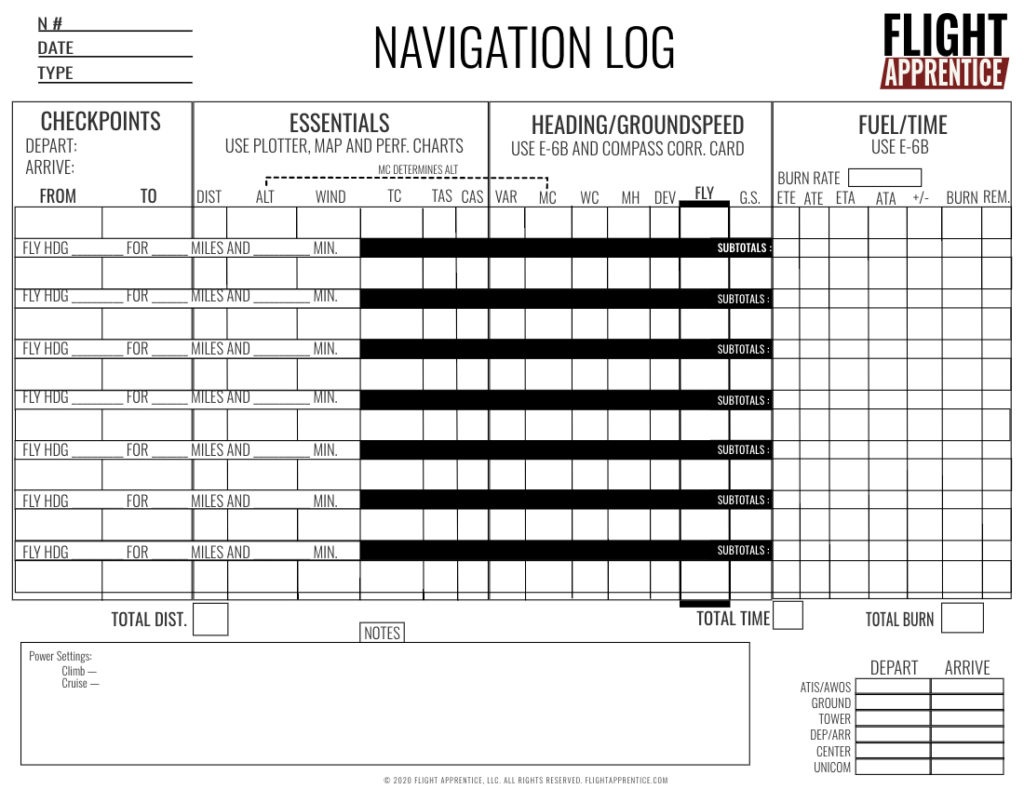When planning a cross-country flight, using a weather information chart for cross country flight planning is very important. This chart helps pilots see the weather conditions along their route. It shows information like wind direction, temperature, and any storms that might be nearby. With this information, pilots can make smart choices about their flight path.
The weather can change quickly, so having the right data is key to keeping everyone safe. A weather information chart for cross country flight planning helps pilots avoid bad weather and find the best routes. Let’s explore how to read these charts and why they are helpful for pilots.
What is a Weather Information Chart for Cross Country Flight Planning?
A weather information chart is a special tool used by pilots to plan their flights across the country. It shows important details about the weather along the flight route. These charts include information about clouds, rain, wind, and temperature. Pilots use these details to decide the best path for their flight.
Understanding these charts is very important for safe flying. When pilots know the weather conditions, they can avoid bad weather and choose safer routes. This helps keep everyone on board the airplane safe.
Why Pilots Need Weather Information Charts
Pilots need weather information charts to make sure their flights are safe and smooth. Bad weather can cause problems like turbulence or even dangerous flying conditions. By using these charts, pilots can plan their flights to avoid storms and strong winds.
Additionally, weather charts help pilots save fuel. If they know about tailwinds that can push the plane faster, they can plan routes that take advantage of those winds. This means less fuel used and lower costs for airlines.
How to Read a Weather Information Chart for Cross Country Flight Planning

Reading a weather information chart may seem hard, but it’s easy when you know what to look for. First, pilots look for symbols that represent different weather conditions. For example, a cloud symbol means there may be clouds, while a raindrop symbol shows where it might rain.
Next, pilots check wind arrows on the chart. These arrows show the direction the wind is blowing. Knowing the wind direction helps pilots choose the best altitude for flying. With practice, reading these charts becomes a simple task.
The Different Symbols on Weather Information Charts
On a weather information chart, there are many symbols that tell pilots about the weather. Each symbol has a specific meaning. For instance, a thunderstorm symbol shows where storms might occur, and a snowflake indicates snow.
These symbols help pilots quickly understand the weather without reading a lot of words. Recognizing these symbols is important for making safe flying decisions. Knowing what each symbol means can make a big difference in flight planning.
Understanding Wind Patterns Using Weather Information Charts
Wind patterns are very important in flying. Pilots use the weather information chart to see how the wind is moving. Some winds can help push the airplane faster, while others can slow it down.
By understanding wind patterns, pilots can plan their routes better. They want to fly where the winds are in their favor. This helps save time and fuel during a flight.
How Weather Can Affect Your Flight Plan
Weather can change quickly, so pilots must always be ready. For example, if a storm is developing, pilots may need to change their route. A good weather information chart helps them see these changes.
When planning a flight, pilots check the charts often. They look for updates to make sure they have the latest information. Staying informed helps pilots avoid dangerous situations during their flight.
The Importance of Temperature in Flight Planning
Temperature is another important factor in flight planning. The weather information chart shows temperatures along the route. High temperatures can affect the plane’s performance, making it harder to take off or land.
Pilots need to know the temperature to ensure the plane can handle the flight. This information is crucial, especially during hot weather. Being prepared for temperature changes helps keep flights safe.
Avoiding Storms with Weather Information Charts
Storms can be dangerous for flights. Pilots use weather information charts to find out where storms are located. By knowing where storms are, they can plan routes that avoid these areas.
Keeping clear of storms is very important for passenger safety. A good flight plan will always prioritize avoiding dangerous weather conditions. This ensures a smoother flying experience.
Tips for Using Weather Information Charts Effectively

Using weather information charts effectively requires practice. Pilots should always check the charts before flying. They should look for any changes in weather patterns.
Taking notes on important weather details is also a good idea. This way, pilots can remember the key points they need to consider while flying. Using these tips can make flight planning easier and safer.
Common Mistakes When Interpreting Weather Charts
Sometimes pilots make mistakes when reading weather charts. One common mistake is not paying attention to updates. Weather can change quickly, and out-of-date information can be risky.
Another mistake is misunderstanding symbols. Knowing what each symbol means is important for making safe flight plans. Pilots should always take their time to read the charts carefully.
Resources for Learning More About Weather Information Charts

There are many resources available for pilots to learn about weather information charts. Books, online courses, and training sessions can help improve their skills. Many pilots also learn from experienced colleagues.
Using these resources can build confidence in reading weather charts. The more a pilot practices, the better they become. This helps ensure safer flights for everyone.
Conclusion
In conclusion, weather information charts are essential for cross-country flight planning. They help pilots understand weather conditions, wind patterns, and temperatures. By using these charts wisely, pilots can avoid storms and ensure a safe flying experience.
Remember, staying informed about the weather is key to a successful flight. By following the tips and advice mentioned, pilots can make smart choices during their journeys.



